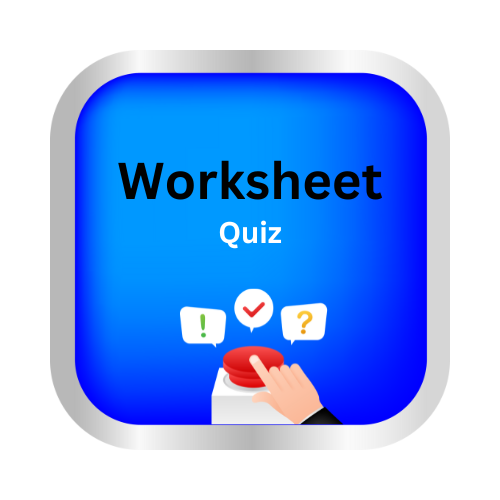Correct inappropriate shifts in verb tense
Key Notes :
✨ Correct Inappropriate Shifts in Verb Tense ✨
| What is Verb Tense? ⏳ |
Verb tense tells when an action happens:
Past 🕰 – something already happened
- I walked to school yesterday.
Present 🌞 – something happening now
- I walk to school every day.
Future 🌙 – something that will happen
- I will walk to school tomorrow.
| What is a Shift in Verb Tense? 🔄 |
A shift in verb tense happens when a writer changes the tense unnecessarily in a sentence or story.
This can confuse the reader. ❌
Example (Incorrect):
- I ate my lunch and am going to play outside. ❌
- Why? Because it mixes past (ate) and present (am going) without reason.
Correct Version ✅:
- I ate my lunch and went to play outside. ✅
| How to Spot Inappropriate Shifts 👀 |
Look for verbs in the same sentence or paragraph that:
- Suddenly jump from past → present → future
- Do not match the time frame of the action
Example:
- She is reading her book and finished her homework. ❌
- Correct: She read her book and finished her homework. ✅
| Tips to Correct Shifts ✏️ |
1. Pick a main tense for your sentence or paragraph.
- Past, Present, or Future 🌟
2. Stick to that tense unless you need to show a different time.
3. Use signal words to help:
- Past: yesterday, last week, ago 🕰
- Present: today, now, every day 🌞
- Future: tomorrow, next week, soon 🌙
| Quick Practice Examples 📝 |
Correct the verb tense:
1. He walks to school and played in the park.
- ✅ He walked to school and played in the park.
2. I will eat breakfast and drink juice.
- ✅ I will eat breakfast and will drink juice.
3. She sings beautifully and won the competition.
- ✅ She sang beautifully and won the competition.
| Remember! 💡 |
- Keep your verbs consistent ✅
- Use shifts only when needed to show change in time 🔄
- Signal words help guide your tense ⏰

